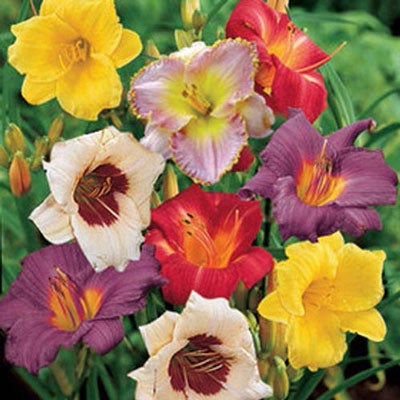Apples: Grow, eat, celebrate them
Published 10:47 am Friday, September 4, 2020
|
Getting your Trinity Audio player ready...
|
by Max Phelps
Yards to Paradise
Apples are a most loved fruit. They can be grown just about anywhere, come in thousands of varieties and some even make attractive yard trees. Some of the earliest settlers in colonial America brought either trees or seeds of apples to the new land. Only wild crab apples existed prior to domestic apples from Europe. The actual origin is Asia, especially the apple forests of Kazakstan. They’ve become “as American as apple pie”.
The grocery stores, thanks to commercial growers and controlled atmosphere storage, can sell apples year round since they hung on a tree somewhere in an orchard, and many hardly notice the difference. Until they eat tree ripened fruit from a nearby orchard, or their own yard. Local growers can offer dozens and even hundreds of different apples; the chain stores only have five to maybe a dozen varieties.
October is the official ‘apple month’, but many of the Apple Festivals across the South are in September. Because of the infamous Covid virus, I can only come up with one apple festival that will still be taking place this year. That’s the North Carolina Apple Festival, now in its 74th year in Hendersonville. It’s a four day event Labor Day weekend, September 4-7.
For small home orchards, or for yard trees, disease resistance and attractiveness of the trees may be about as important as the name of the variety. Fuji, Enterprise or King David are attractive apple trees that don’t have to be sprayed. Redfield or Odysso have pink or purple blossoms, leaves of a reddish tint, and the apples are red both inside and out.
Red and Yellow Delicious everyone knows, but yellow, green, red, sour, sweet, small, large, striped, keeping, early, late are all descriptors of apples the hobbyist could decide to grow. Some make better pies, some better for eating off the tree, and some for keeping into the winter.
Old timey, or heirloom, apples offer a taste from our past. The common ‘store varieties’ are for sale anywhere apple trees are sold—rare ones you may have to search for or even graft yours yourself. Or, be a modern “Johnny Appleseed” and plant some pips and see if the result is a nice new variety, or a sour one only good for jelly, cider, or feeding to the pigs.
There are probably 8,000 varieties that you could grow. Most roadside markets may offer 10 to 40 different ones. I encourage the reader to consider growing some of these lesser known apples and experience the wide range in taste and appearance that apples express. Apple DNA is so complicated; you don’t often get an apple tree from planting a seed that closely resembles it’s parents.
I have been collecting and growing over 100 cultivars of apples, so I know not everyone shares the interest I have for a lot of trees, shrubs or flowers, and not everyone desires an apple tree in the yard. If a person loves apples, it makes sense to try growing a few. Here are a few reasons.
Apple trees tend to grow into large trees from 15 to 30 feet tall and can live to be over 100 years old.
But, with at least a couple dozen different rootstocks, the choice of how big your tree will be is a decision you can control. Some of the small little ones need to be staked, or they will blow or fall over once loaded with a crop of apples. Simi-dwarf can be self supporting and also smaller sized. The standard trees grow big and also old. One thing going for the full sized standards is the deer can’t reach the limbs or the fruit, although bears can.
Apples come in many shapes and sizes. Some pretty, some ugly. Some sweet, some sour, some bitter. Some bloom early, some ripen early, others much later. Red, yellow, cream and white flesh. Soft and mealy, to tooth-breaking dense. Spoil in a week or keep until spring. These things you can’t buy at the supermarket.
Most apples need another tree that blooms about the same time to cross pollinate with. A few apples are triploid and are of no help. Planting a minimum of two trees only makes sense anyhow. But, if you have only a small yard, or one large planter on the porch, you can graft or buy apple trees with several varieties on the same tree.
Variety is the spice of life we are told. May you be inspired to spice up your yard, your taste buds and enjoy some homegrown apples. Add one you aren’t familiar with and enjoy the mystery, the experience that comes from trying something different. I know you can grow an apple tree if you want to. So have a go with America’s favorite fruit.
Questions or comments? Email them to rockcastles@gmail.com.






